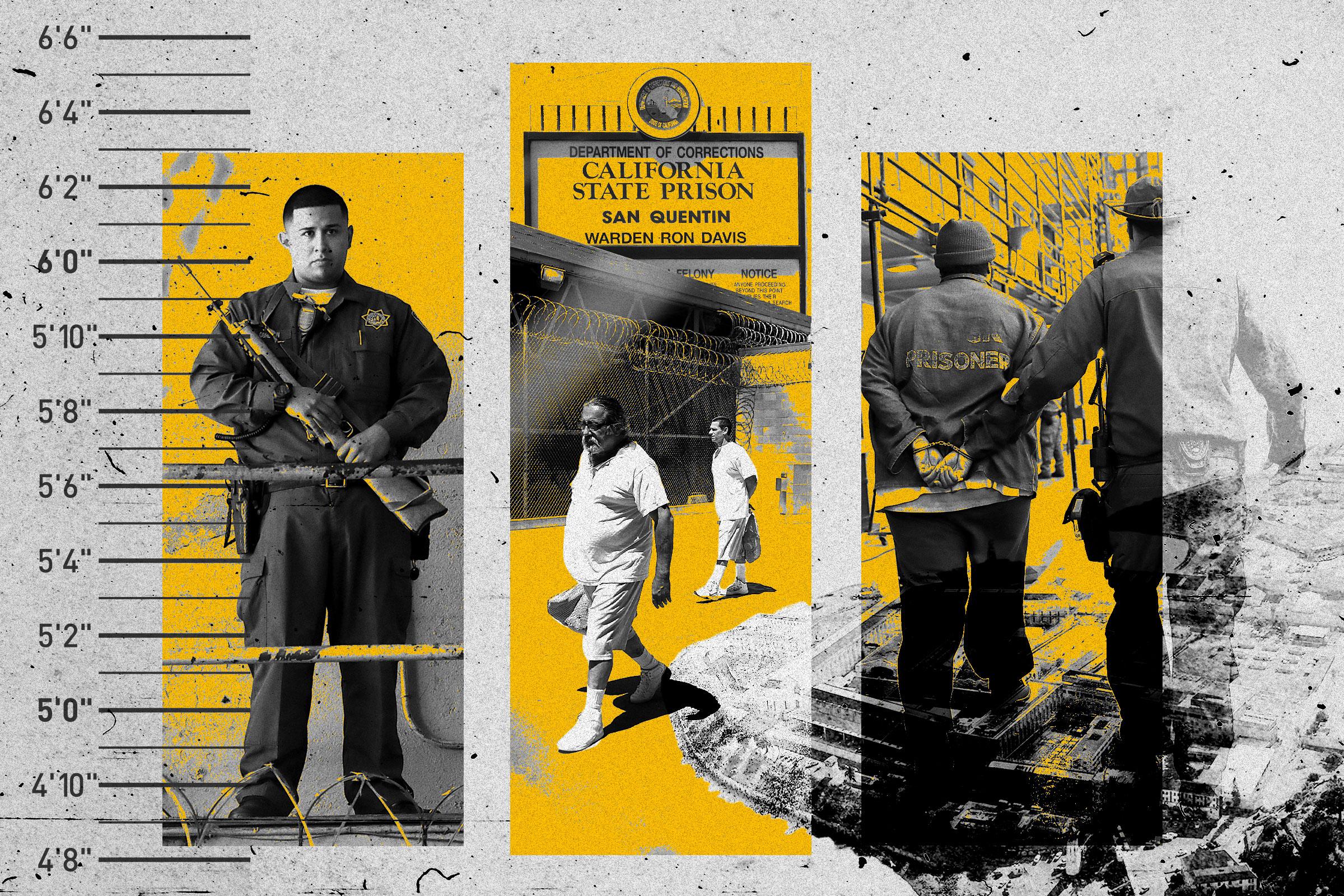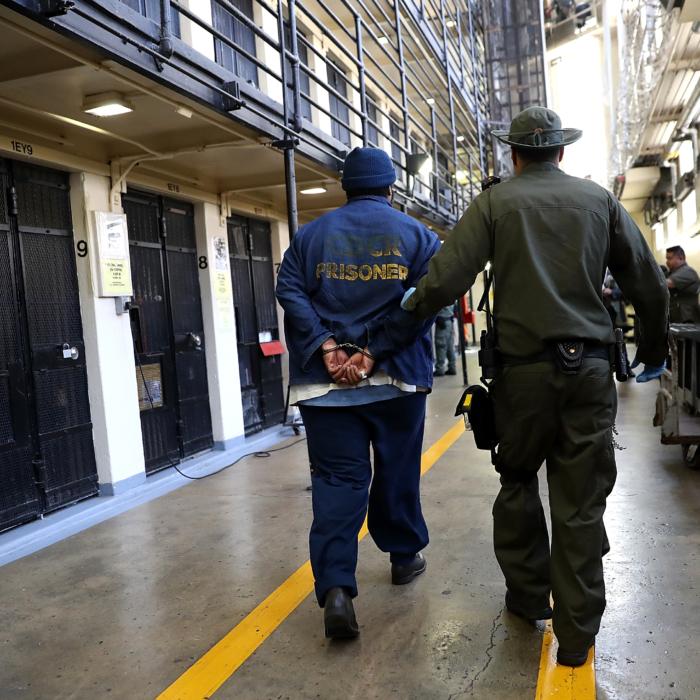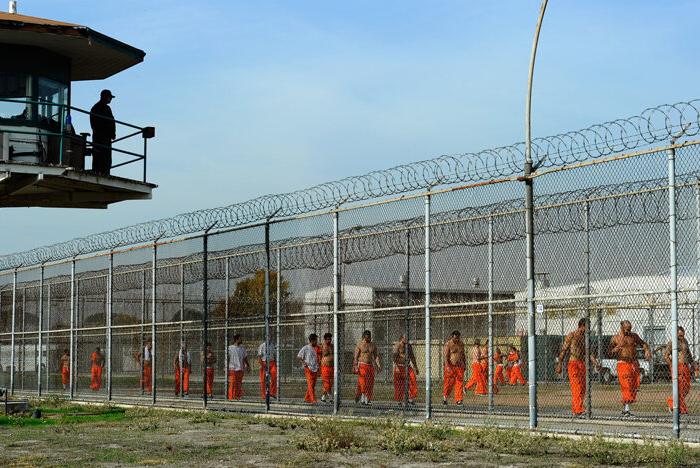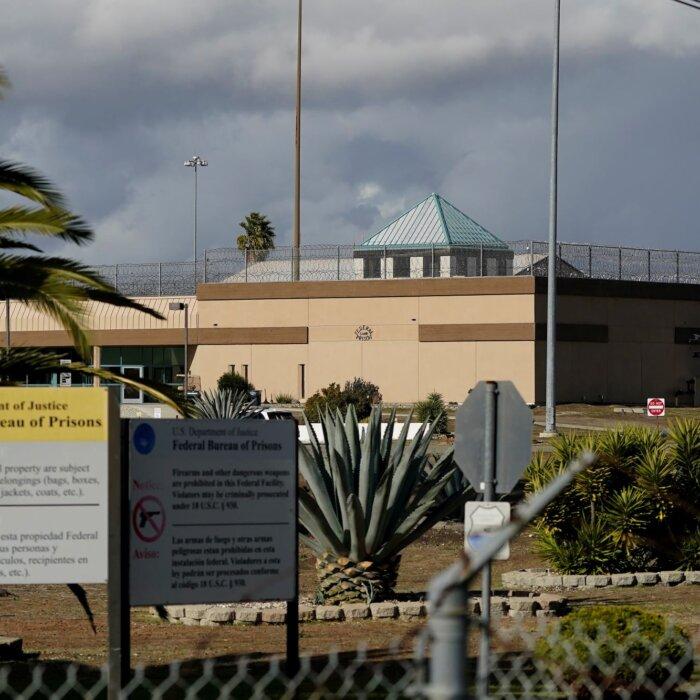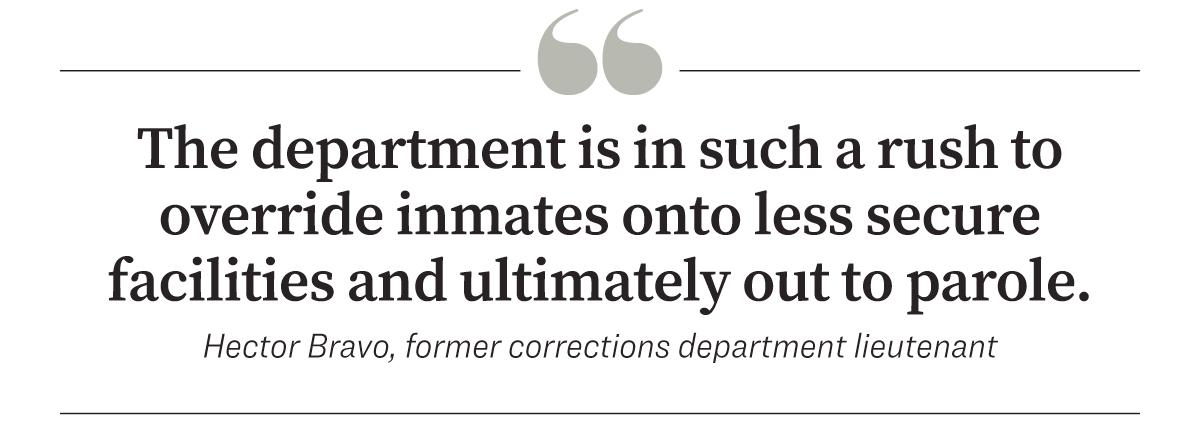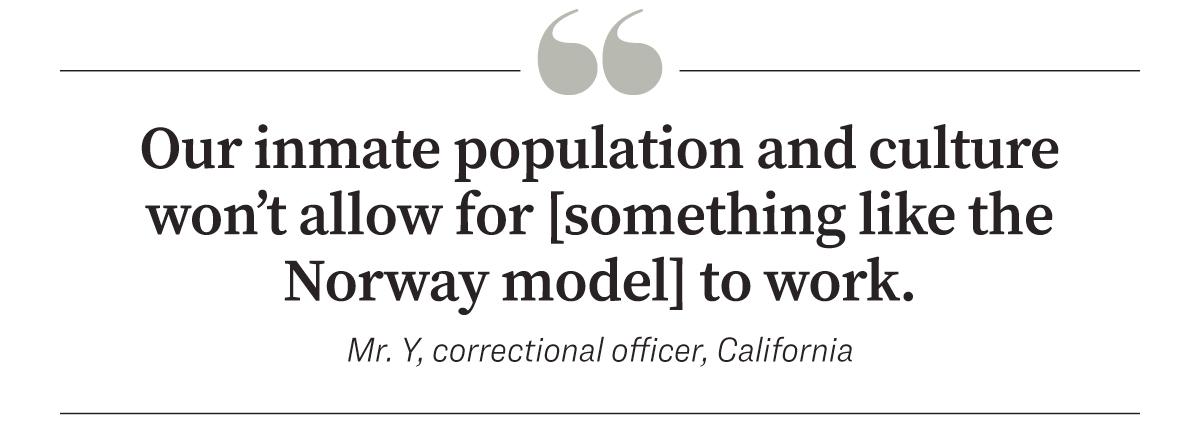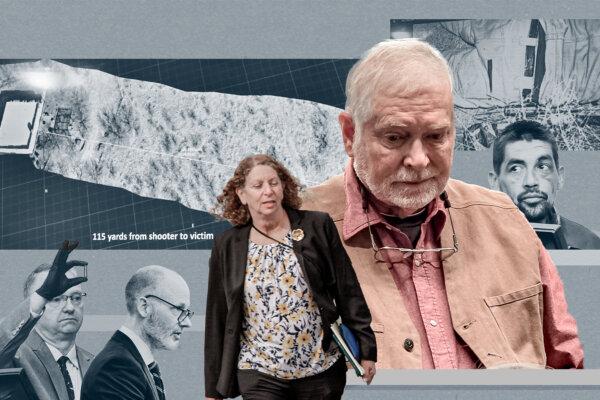LOS ANGELES—Prison reforms in California aimed at rehabilitation and release are a ticking time bomb, according to current and formerly incarcerated individuals, whistleblowers, active and retired correctional officers, and other staff who spoke to The Epoch Times.
As part of the reforms, which are based on Norway’s model, California’s prisons are moving away from punishment and toward rehabilitation, education, and re-entry.
The transformation dovetails with a decade of sentencing and parole reforms as authorities move to depopulate and close facilities statewide.
But the reality inside California’s prisons, insiders say, is increasingly dangerous for both inmates and staff.
In the first six weeks of 2024, there were six homicides in California prisons, according to the corrections department. Five were inmate-on-inmate homicides and one involved a correctional officer shooting an inmate to prevent him from fatally stabbing another inmate.
Additionally, an Epoch Times review of the department’s statistics reveals a dramatic increase over the past several years in total incident reports, as well as in important categories including assault and battery on inmates and officers, use of force, and sexual assaults.
From January to October 2023, the most recent data available, there were 17,993 total incident reports—compared to 14,138 and 12,717 for the same periods in 2022 and 2021, respectively.
Assault and battery incidents on corrections officers and non-inmates have risen steadily from 2021 through 2023, the latter increasing 35 percent from January to October 2023 over the previous year. In the same period, assaults on inmates rose 29 percent, use of force increased 46.3 percent, and sexual assaults jumped 62 percent.
Patrick “Jimmy” Kitlas, who began serving a life sentence in 2007 and is now eligible for parole, told The Epoch Times by phone that there have been many “really sweeping and drastic” policy changes—but they are often contradictory or not implemented.
“This place has definitely become a less structured, a less secure, and a much more violent place,” he said from San Quentin Rehabilitation Center, where he’s been since 2015.
Mr. Kitlas and others who spoke to The Epoch Times blamed a top-heavy administration disconnected from reality on the ground.
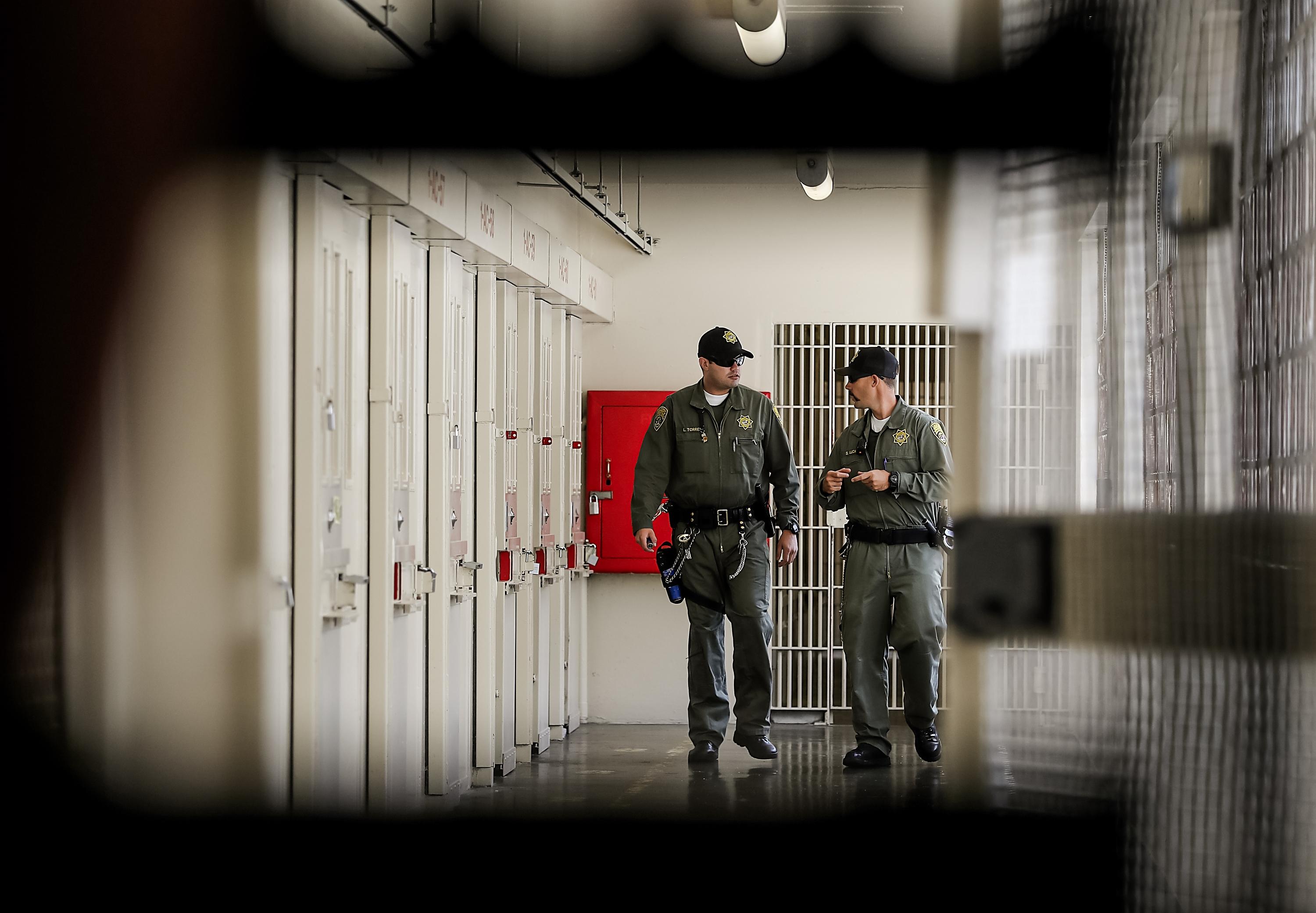
“The guys up top who aren’t actually in the buildings with the officers and inmates providing custodial supervision, they’re making a lot of insane and violence-provoking policies without regard to the staff that have to enforce them,” Mr. Kitlas said.
A new policy will often hit inmates and staff at the same time, he said, resulting in chaos.
“No one ever seems to really have a firm grasp of where the policy came from, what its purpose is, and how is the best way to implement it—which is super dangerous,” he said.
San Quentin is California’s oldest prison and one of the country’s most notorious, conducting all of the state’s executions since 1937. Now, it’s the blueprint for California corrections reform, offering innovative programming to help inmates like Mr. Kitlas transform their lives, overcome trauma, and become community leaders.
Good Intentions, Violent Outcomes
In 2012, prisoners in California’s supermax Pelican Bay Security Housing Unit—known as “The SHU”—led a peace initiative to end racial violence and solitary confinement called “The End of Hostilities.”Beginning in 2015, following the settlement of a class-action lawsuit against the state, California began to move away from indefinite solitary confinement and reformed its use of behavior-based housing models, while shifting focus to rehabilitation, education, and programming. It released nearly all prisoners held in the SHU at Pelican Bay and Corcoran and integrated them with general population yards.
But some argue the unintended consequences are still reverberating throughout the state.
Joshua Mason, a formerly incarcerated activist and scholar who works closely with prison populations, said the integration of prison gang leaders formerly housed in the SHU into the general population yards resulted in “a different level of violence.”
“When these guys came out of the SHU—that is the difference,” he said, noting how razor facial slashings gave way to deadly stabbings that have now become the norm.
In 2018, the department began integrating prisoners from “Special Needs Yards” into the general population, after determining the creation of those yards in the 1990s for inmates who couldn’t safely be in a prison’s general population had backfired, sparking more violence. Citing a move toward rehabilitation, authorities began integrating programs, yards, and entire prisons.
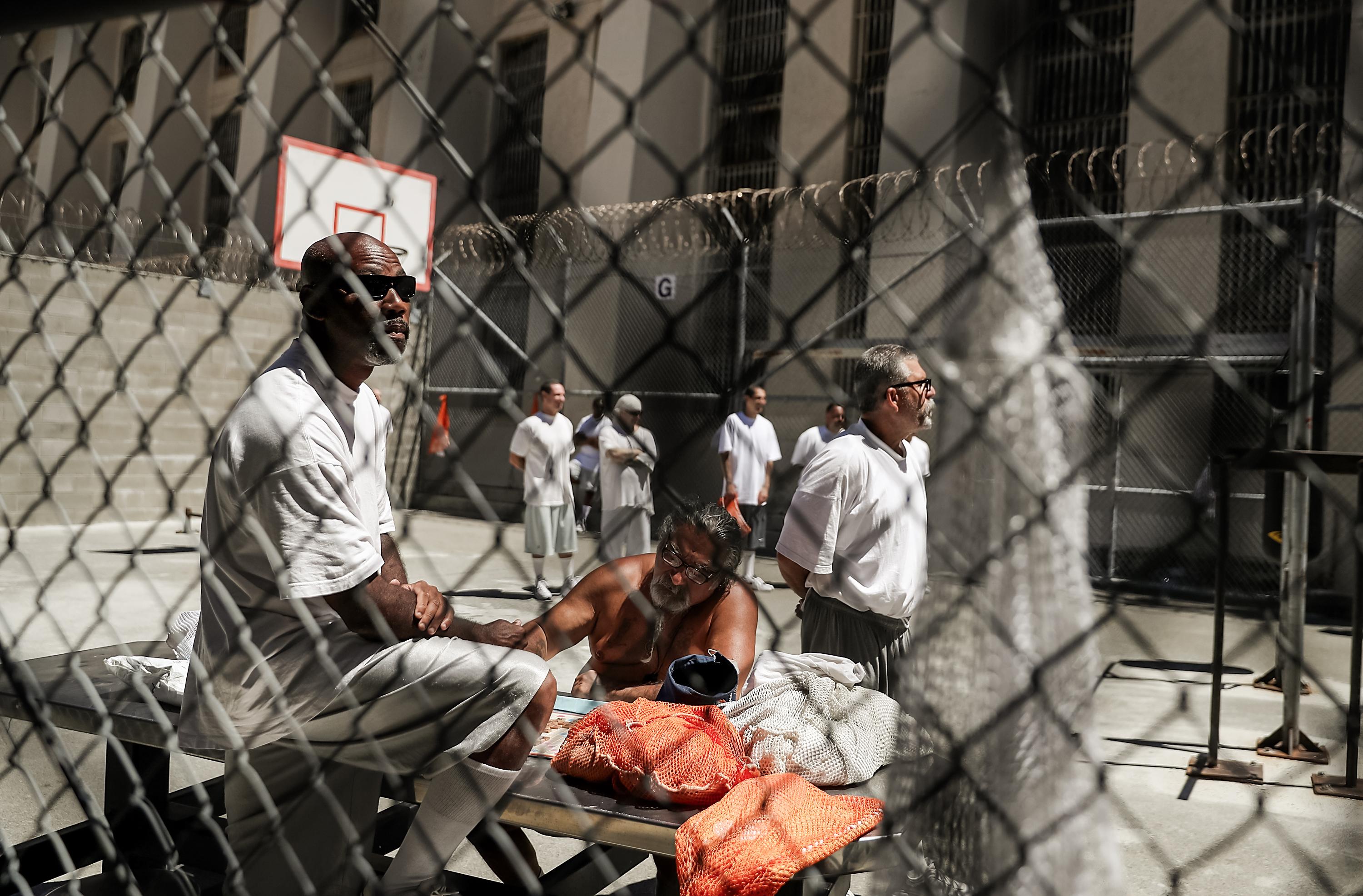
“The changes that have caused the most havoc and just all-out violence was when they started integrating the yards,” Mr. Kitlas said, noting there hadn’t been a riot or stabbing since 2012 when he arrived at San Quentin in 2015. “Since [integration], we’ve had multiple stabbings, we’ve had murders, we’ve had rapes.”
Hector Bravo, a former corrections department lieutenant, agreed.
“I was part of the first integrations. It was out-of-control violence,” he told The Epoch Times.
Both pointed to “special needs yards” yards as a kind of Wild West, where even normal gang rules don’t apply.
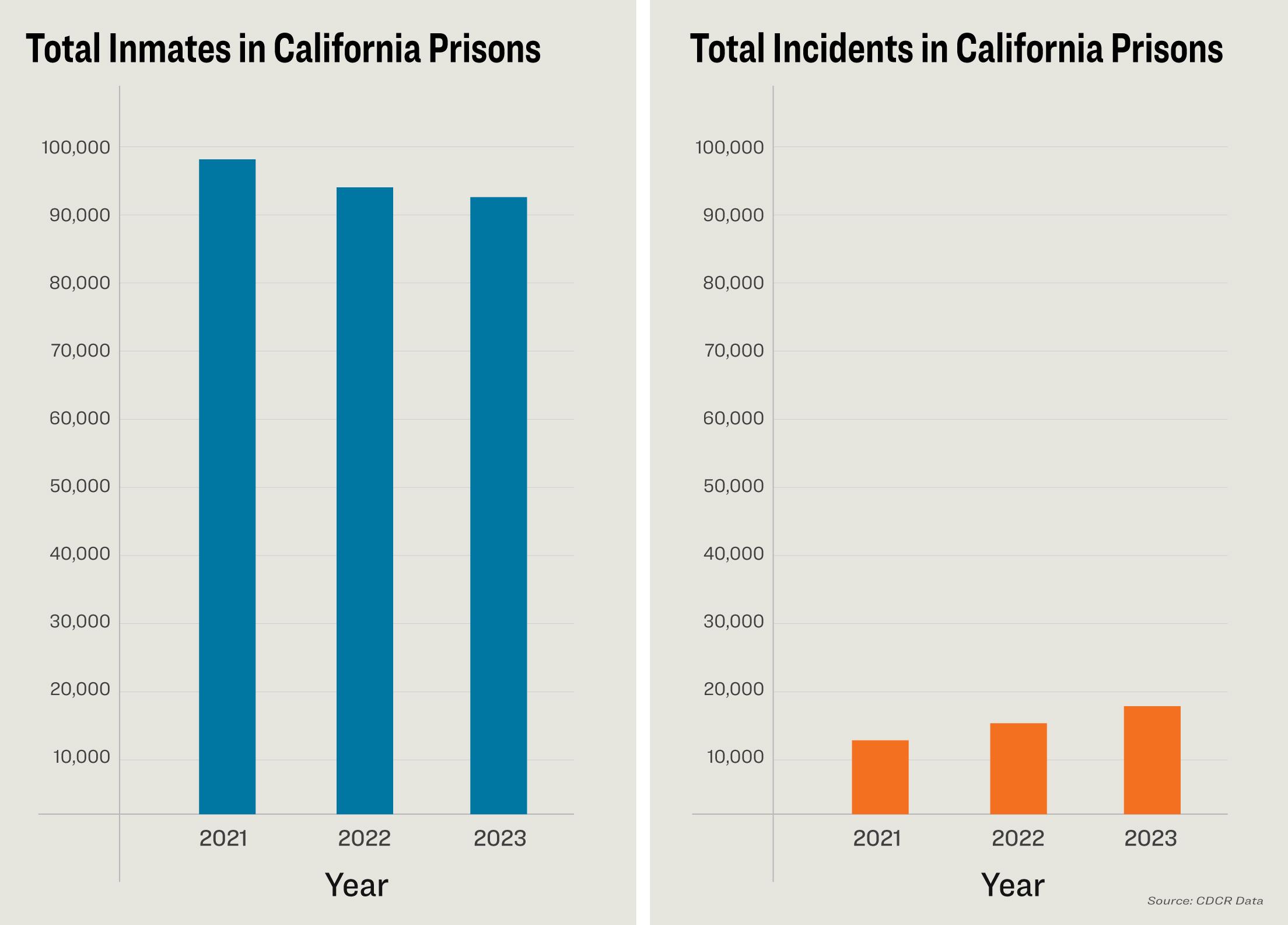
“The majority of super violent gangs and drug cultures actually come out of the [special needs yards],” Mr. Kitlas said. “They’re being jumped back onto the [general population] and they’re being protected because that’s what staff was told to do.”
A current correctional officer, who wanted to be referred to only as “Mr. Y” for fear of retaliation, pointed to California’s powerful prison gang culture as an obstacle to integrating rival gangs and special needs yards.
“Trying to take people who walked away from that lifestyle, and insert people who are about that life, and have them coexist is just not going to happen,” he said. “The politics are too strong.”
Merging prisoners with different security levels, whether special needs or general population, in “non-designated” yards means that more inmates who become eligible for security overrides are being sent to lower-security facilities, sources say.
Mr. Bravo pointed to the Feb. 4 murder of an inmate at the Richard J. Donovan Correctional Facility in San Diego. One of the suspects, Maurice Vasquez, founder of the prison gang Northern Riders, was housed on “A Yard”—a Level III special needs yard—even though he had 279 points at the time, well above the threshold of 60 points to put him at a Level IV facility, Mr. Bravo said.
“The department is in such a rush to override inmates onto less secure facilities and ultimately out to parole,” he said. “This is the result.”
Mr. Y cited a few recent examples, saying: “The state of California keeps putting these guys out into the yards. Sooner or later, someone else is going to get hurt.”
For inmates such as Mr. Kitlas, who say they want to participate in rehabilitation and education programs—and who need to in order to be eligible for parole—the impact can be devastating.
“We’re trying to get along, we’re trying to program, and a lot of the guys that are coming off the SNY [special needs yards] are super hardcore gang members and dope fiends,” Mr. Kitlas said. “They really have no regard for the programs and the whole purpose of that.”
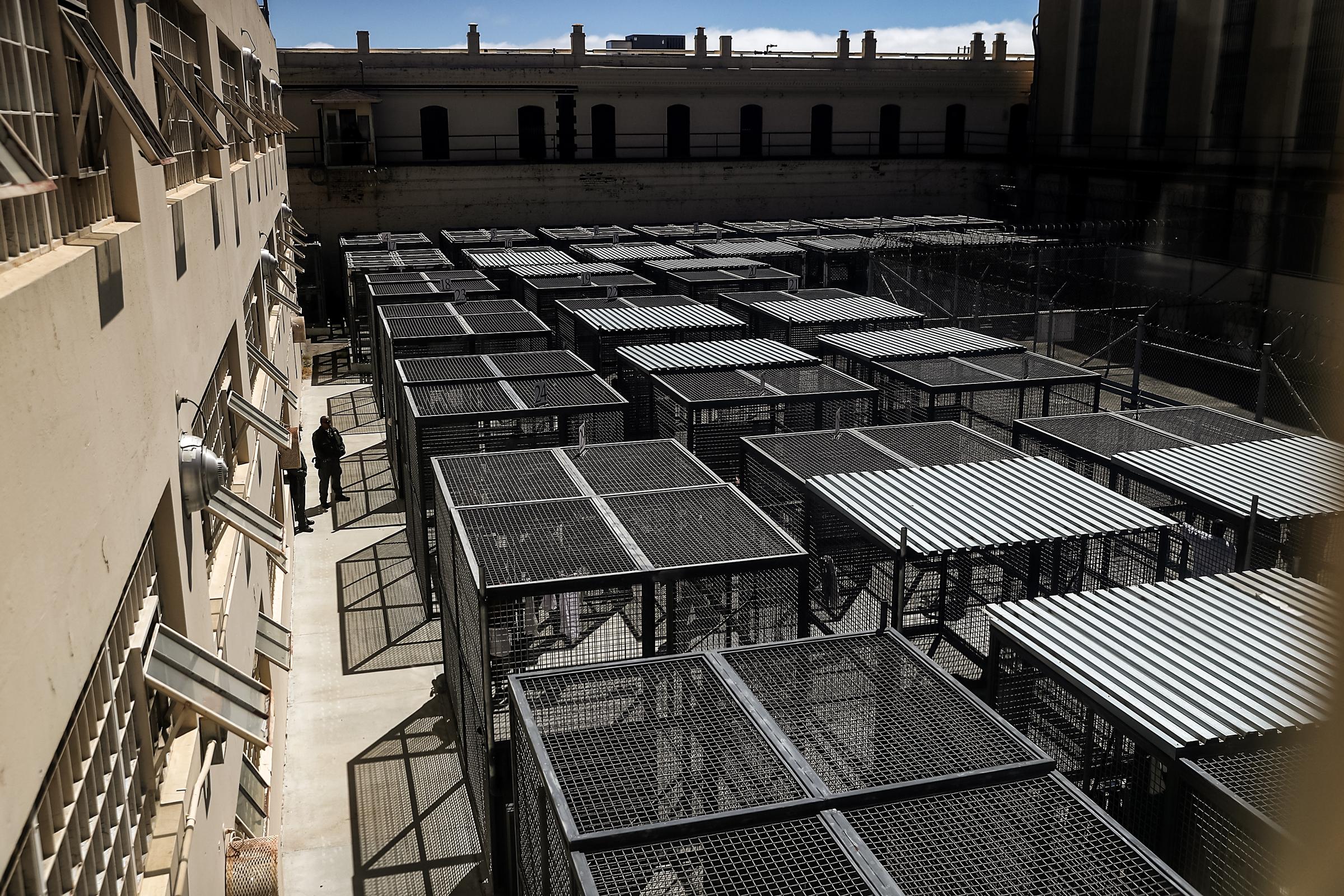
A ‘Hands Off’ Approach
A corrections department employee who has worked in multiple institutions, “Dr. X” (she asked The Epoch Times not to use her name as she fears retaliation), said administrators began to take a more “hands-off” approach to security beginning around 2020. Part of that was due to COVID, but it also reflected a gradual shift toward socialization between staff and inmates.“When I started, it was mandatory, you don’t have any contact with any medical staff or anyone that doesn’t have weapons to protect themselves unless you get patted down,” she said. When pat-downs were informally phased out at an institution where she worked, she began raising the alarm. Subsequently, an inmate brought a weapon into a treatment setting where he was alone with a female staff member. At another institution, two female staffers she supervised were sexually assaulted.
Normalizing relations between officers and inmates is part of the broader shift toward a rehabilitation model, according to the corrections department. But without proper support, staff say results can be disastrous.
A recent incident at New Folsom Prison illustrates how regulatory shifts, from big ones such as security housing reforms, to small ones such as language policy, have converged to create a chaotic environment.
After an inmate exposed himself to a female officer and began masturbating, Dr. X said, the female officer told him to stop, using profanity. The administration penalized the female officer for swearing, including a temporary salary reduction.
“This is all when she was a victim of a crime inside the prison,” she said. While an inmate would likely have been sent to AdSeg previously in such a situation, now that doesn’t happen, Mr. Bravo added.
Measures that can rightly be considered harsh or inhumane—such as withholding a meal from an inmate—used to be deployed to control inmates who frequently abuse female staff, Dr. X said.
“Those kinds of things would keep staff safe. ... Now, nothing can be done. The inmate can keep going all 12 hours that I’m here. And I have to endure it for that 12-hour period.”
Inmates caught with drugs used to face penalties, but in recent years, there’s been a laissez-faire approach, Dr. X said, suggesting officers no longer risk intervening because they don’t want to get in trouble with the administration.
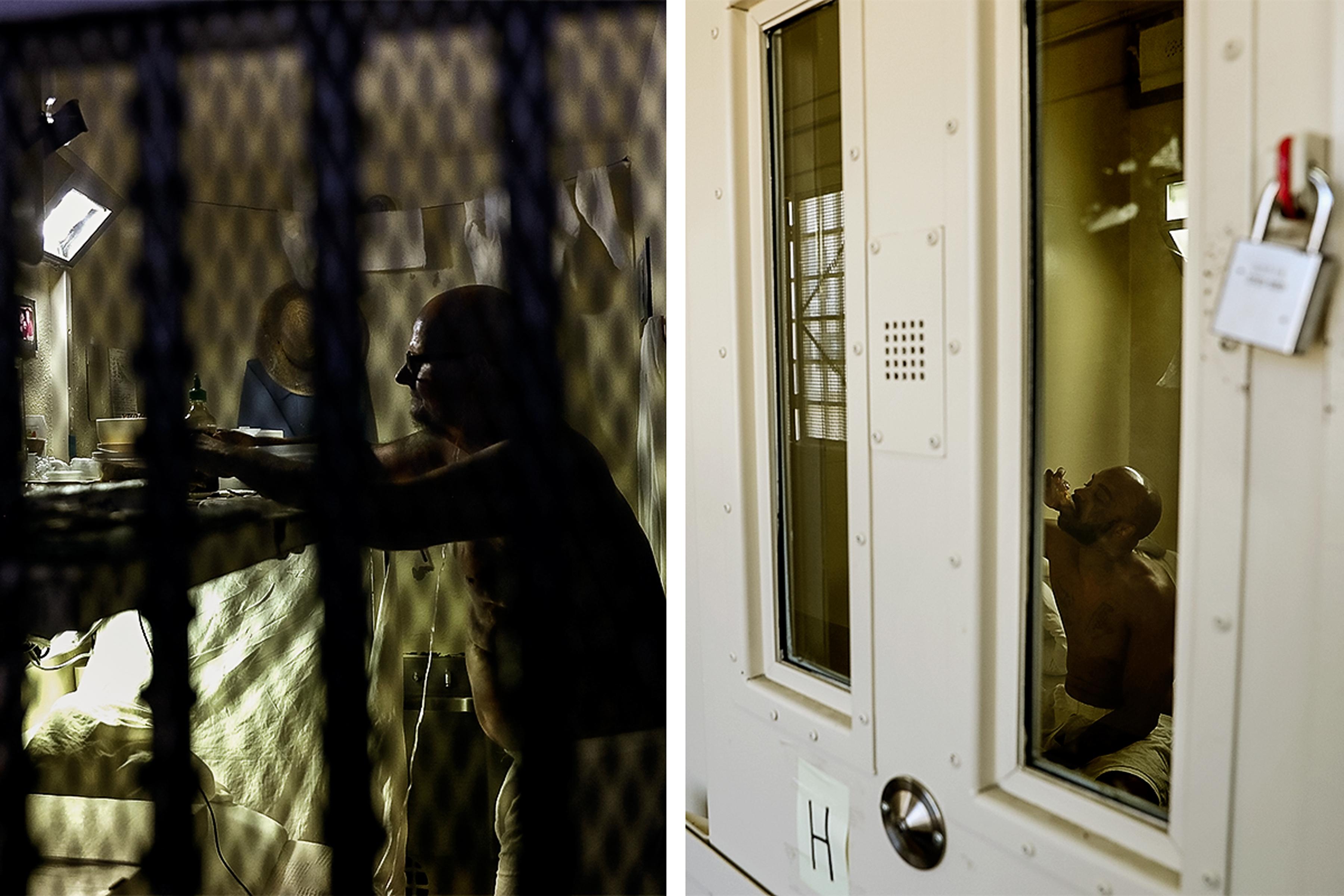
“We have inmates using meth, spice, all kinds of stuff that makes them aggressive or sexual, and they’re just doing it freely,” she said. “It’s like people doing the smash-and-grabs; they know they’re probably not going to get charged.”
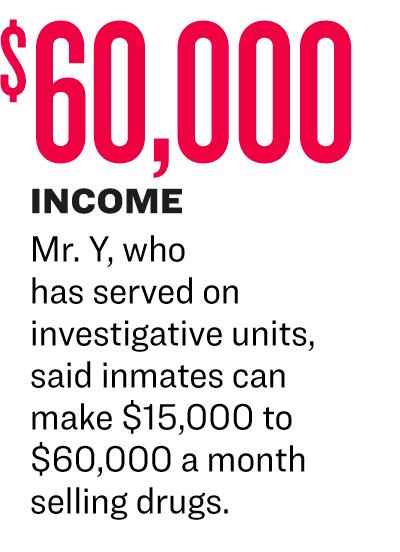
Mr. Y, who has served on investigative units, said inmates can make $15,000 to $60,000 a month selling drugs.
“These guys are all about getting dope and phones. Dope causes debt, and debt causes people getting stabbed.”
Dr. X mentioned a 2020 incident at Donovan, in which six staff members were “really violently assaulted—two of them had to medically retire, one of them almost died,” but added no inmates were ever charged with anything.
The corrections department didn’t respond to questions about that incident.
Mr. Kitlas said increasing violence has scared away civilian teachers and facilitators from coming to San Quentin to lead programming.
“We’re having programs that I either started or was a part of for many years, now cease to exist because the volunteers just don’t feel safe,” he said.
The effects on staff are much more pervasive than what gets reported, Dr. X and Mr. Bravo said.
“They do not have to report staff assaults, staff rapes, staff suicides,” she said. “How many people are out on workers’ comp for PTSD? It’s a big number,” Dr. X said, adding there have been 12 suicides in 2023, half of whom were retired.
In an email to The Epoch Times, the corrections department said it has implemented a comprehensive range of programs designed to support employees’ mental health, but acknowledged it doesn’t track employee suicides out of respect for privacy.
On Jan. 31, 200 inmates rushed corrections officers in a riot at Ironwood State Prison in Blythe, California, leaving eight officers and one inmate seriously injured. On Jan. 20, a male inmate at Sierra Conservation Center in Jamestown sexually and physically assaulted a female officer, holding her hostage in a control booth for hours.
“We are understaffed, work a ridiculous amount of mandatory overtime, and are often left working without a partner,” which the employee said results in increased attacks on staff.
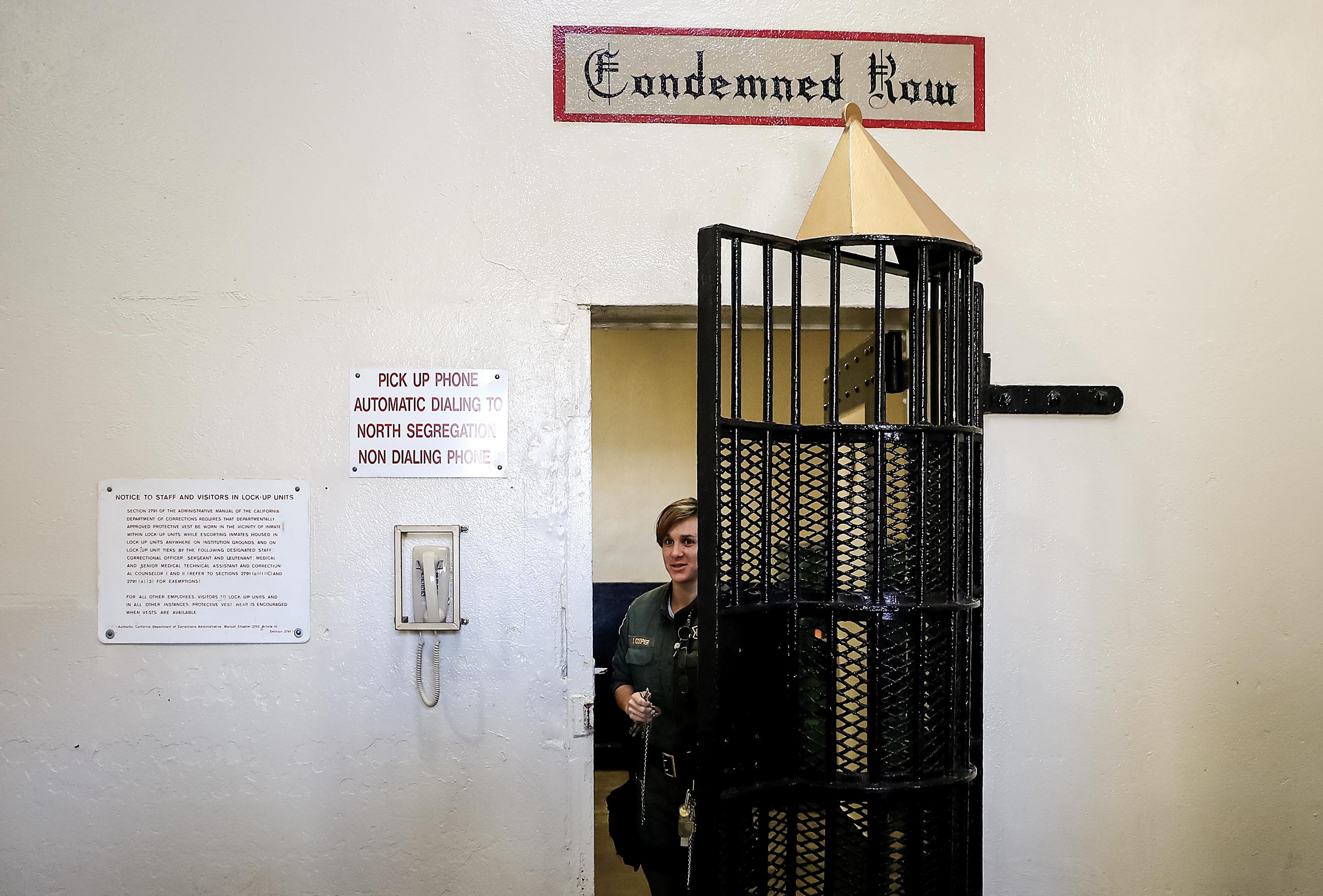
Dr. X said it used to be a job that was hard, but could be enjoyable.
The California Model
Last year, California Gov. Gavin Newsom announced plans to transform San Quentin into a rehabilitative center based on the Norway model. The Scandinavian country’s rehabilitation-focused reforms have reduced recidivism there to 20 percent.Mr. Mason recalls meeting with representatives from Norway’s correctional system as a student at UC–Berkeley before the model was attempted in California.
After their presentation, he asked how police were viewed in Norway. They responded, “It’s a noble profession. Everybody loves cops.”
Mr. Mason told them the relationship between police and civilian populations here is adversarial—“it’s distrusting, it’s violent.”
They couldn’t imagine that reality, he said.
“I was like, ‘So could we have a prison model that looks like your prison model, without having a culture that looks like your culture?’”
Unlike in Norway, Mr. Y pointed out, California’s violent prison gangs hold power on the streets, not just inside.
“Our inmate population and culture won’t allow for [something like the Norway model] to work,” he said. “Our population is like water, it will seek out the weakest point in a wall and slowly chip away at it until they break the wall.”
What might work is a pilot program with oversight and vetted participants that could grow slowly—“instead of just trying to slam people into a program and make it work,” he said.
Francis Cullen, one of the world’s leading criminologists and winner of the 2022 Stockholm Prize in Criminology, suggested that experimenting with the Norway model is good for California, which has fallen from its position as a global “beacon of corrections” in the 1950s and ‘60s.
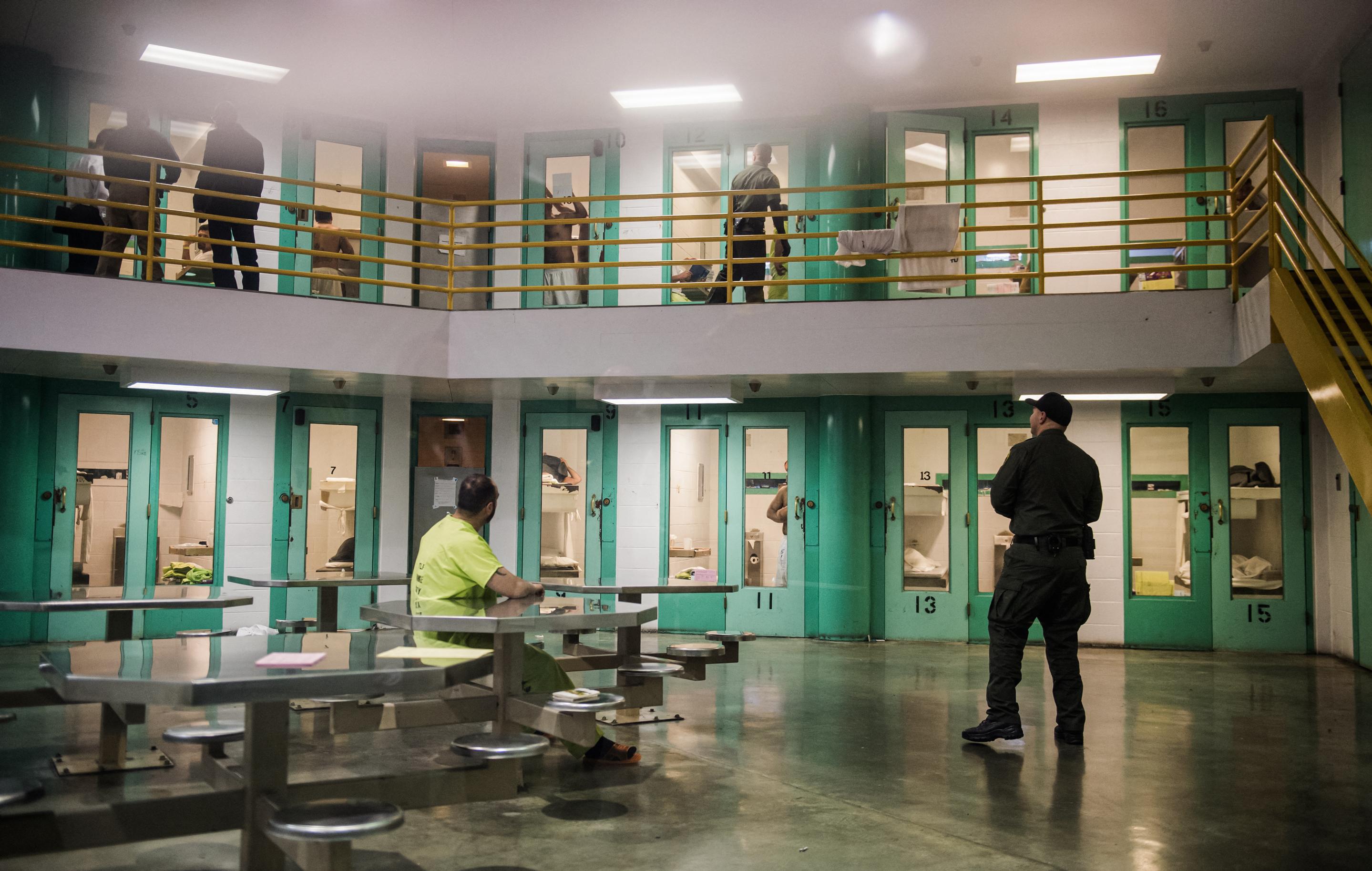
However, a lessening of controls, he said, should come with careful selection, oversight, and more training.
“They should’ve given everyone risk instruments, made sure they’re not putting predatory people in lower security situations.”
The corrections department confirmed the California model is being implemented at eight test sites, with the intention of scaling improvements to all institutions. In addition, they said, “all institutions have events that encourage socialization and help promote ties with family and the community.”
Incarcerated people at the test sites aren’t specifically screened or selected for a California model institution, they said.
The department website touts photos of flag football games between staff and inmates with captions like, “normalization was on display.”
Mr. Bravo said an officer at Salinas Valley State Prison was recently stabbed with a pen after playing foosball with an inmate.
“The assaults on officers have skyrocketed,” he said.
Those interviewed by The Epoch Times agreed that ideas behind the California model are good—things such as “dynamic security,” in which staff and inmates foster respectful relationships because, as Dr. X said, “inmates are the reason that I stay safe most of the time.”
The corrections department says sending leaders to Norway to develop training has borne results, pointing to Valley State Prison, where staff working in the Youth Offender Rehabilitative Community received such training—and where there were no homicides in 2022 and 2023, or so far in 2024, and only one aggravated battery against a peace officer.
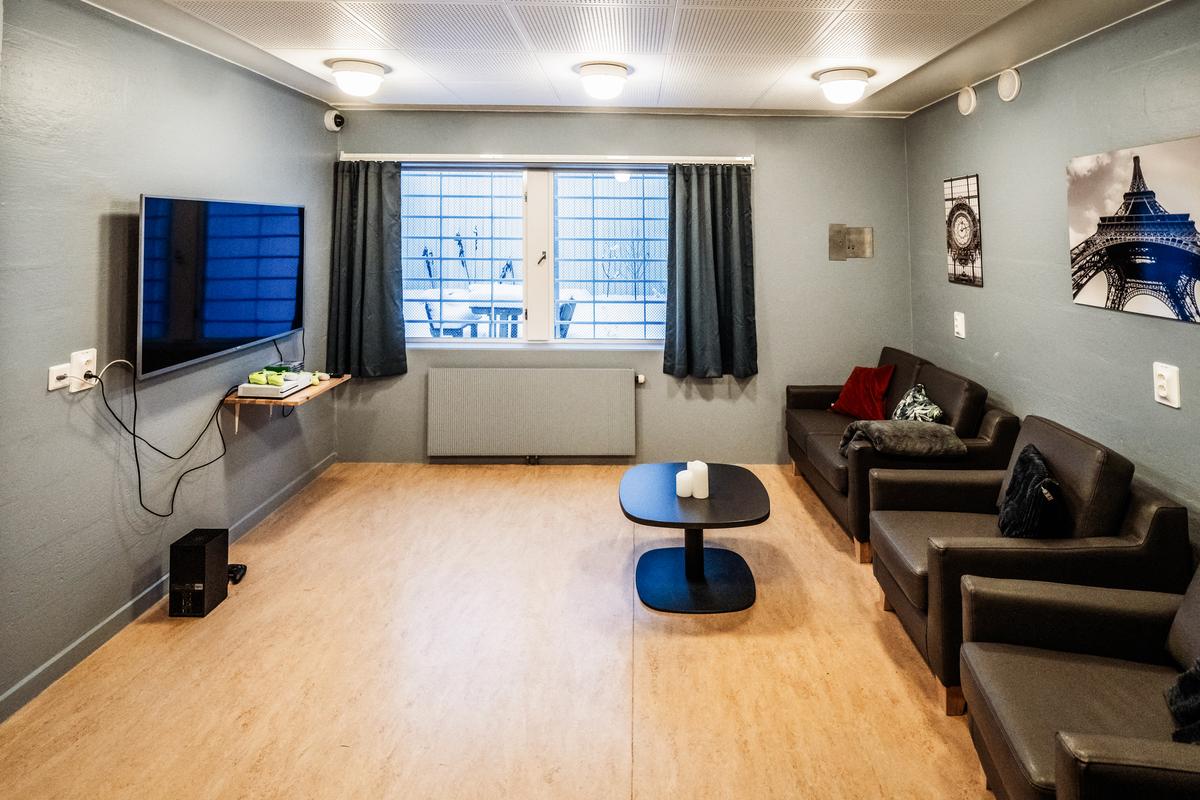
At Salinas Valley State Prison, staff adapted a version of Norway’s approach to dealing with the highest risk, most violent individuals. “After implementing this in the psychiatric inpatient program, staff have seen a decrease in violence and assaults on staff and improved their occupational health and professional pride,” the department said.
However, Dr. X argues that normalization such as paloozas, barbecues, and sports games need to be anchored in something more if they are broadly applied.
“They’re not doing anything to actually benefit their rehabilitation. Real rehabilitation is something that I really prided myself that I was trained in how to do very early on; I incorporated that into all of my work at every institution.”
She explained processes to help people understand connections between their crime, the hurt they’ve caused, and the impact on victims and the community.
“It connects your own trauma—understanding why you did what you did and how you were able to do what you did, and what were the triggers underneath ... understanding that whole cycle.”
That helps people begin to make changes. Integrated with normalization, vocational, and educational opportunities, it creates an impactful system.
“That’s not occurring in most prisons,” she said.
